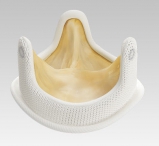Heart Valve Replacement
Aortic valve stenosis is the most common valve defect with approximately 25% of heart disease requiring surgery. This affects about 4% of those over 85 years old. A longer life expectancy and improved diagnostic technique through modern echocardiography mean that even older patients are increasingly being presented for surgery.
New surgical techniques allow these patients, depending on the findings and concomitant diseases, to offer the best course of action for them and carry them out with little risk. If possible, we try to preserve the patient's own heart valve by repairing the defect (reconstruction). In other cases, we choose the optimal valve prosthesis in a mutual discussion with you depending on the life situation and comorbidities.
In our clinic we offer all common operations on the aortic valve:
- Valve Replacement with Median Sternotomy or Mini-Thoracotomy
- Biological and Mechanical Heart Valves
- Seamless Aortic Valves
- Aortic Valve Reconstruction (e.g., David)
- Aortic Valve via Aatheter Technology (TAVI)
Mechanical and Biological Heart Valves
Mechanical valves have the great theoretical advantage of "surviving" the patient. This means that the reoperation rate is very low due to valve malfunction. Mechanical valves have two major drawbacks: the risk of thromboembolism is increased and bleeding complications are more common because of the lifelong consumption of coumarin derivatives (Falithrom® / Marcumar®).
For biological heart valves, the use of anticoagulants can be dispensed with after three months since the risk of thrombosis and embolism is much lower. But this type of flap has only a limited shelf life of 10 to 20 years. How long a biological valve lasts varies greatly between individuals and depends on various factors (including age, valve size, diabetes, kidney function).
We advise our patients very carefully which flap we recommend.
|
Biological Heart Valve:
|
Biological Heart Valve (Hancock II, Medtronic, USA) |
|
Mechanical Heart Valve:
|
Mechanical Heart Valve (Masters, SJM, USA) |
Seamless Aortic Valve
January 2010, a seamless flap in aortic position was used for the first time. Normally, when implanting a mechanical heart valve, 12 to 15 individual sutures are placed to fix the valve. The seamless flap is fixed over a stent in the appropriate position.
It is a self-expanding bioprosthesis with metal framework (Nitinol stent). This makes it perfect for the minimally invasive surgical technique. After removal of the calcified aortic valve, the implantation is under view. Thus, the risk of embolism and a potential transfer of coronary artery is reduced to a minimum. Leaks are very rare with this technique. Another advantage is that the ischemic time of the heart at the heart lung machine can be kept very short.
Due to the large opening area and the special implantation technique, these valves are especially suitable for smaller patients with anatomically small aortic roots. In addition, older patients and patients with severe concomitant diseases in particular benefit from this technique.
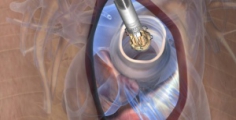
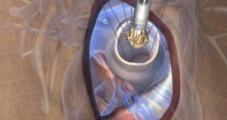
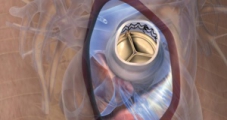
Aortic Valve via Catheter Technology (TAVI)
(Transcatheter aortic valve implantation)
This procedure involves the replacement of the aortic valve to about 70% of the aortic valve via the artery in the groin (transfemoral), about 30% via a small cut on the left side of the thorax through the apex of the heart (transapical). Alternatively, access via a clavicle artery or directly over the aorta can be selected. In all cases, the constricted heart is first distended with a constricted aortic valve (balloon valvuloplasty). Subsequently, a vascular prosthesis with integrated biological heart valve is introduced via a catheter and unfolded at the level of the diseased aortic valve (implantation). The flap anchors itself with a so-called stent in the correct position. This technique is also suitable for new valve implantation in degenerated bioprostheses (valve in valve technique). However, the process has a disadvantage: the calcified heart valves remain in the heart and the lime can dissolve over the years.
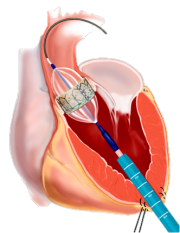
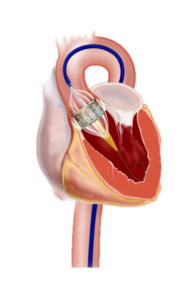
Technique of Percutaneous Aortic Valve Implantation: Left Transapical, Right Transfemoral







